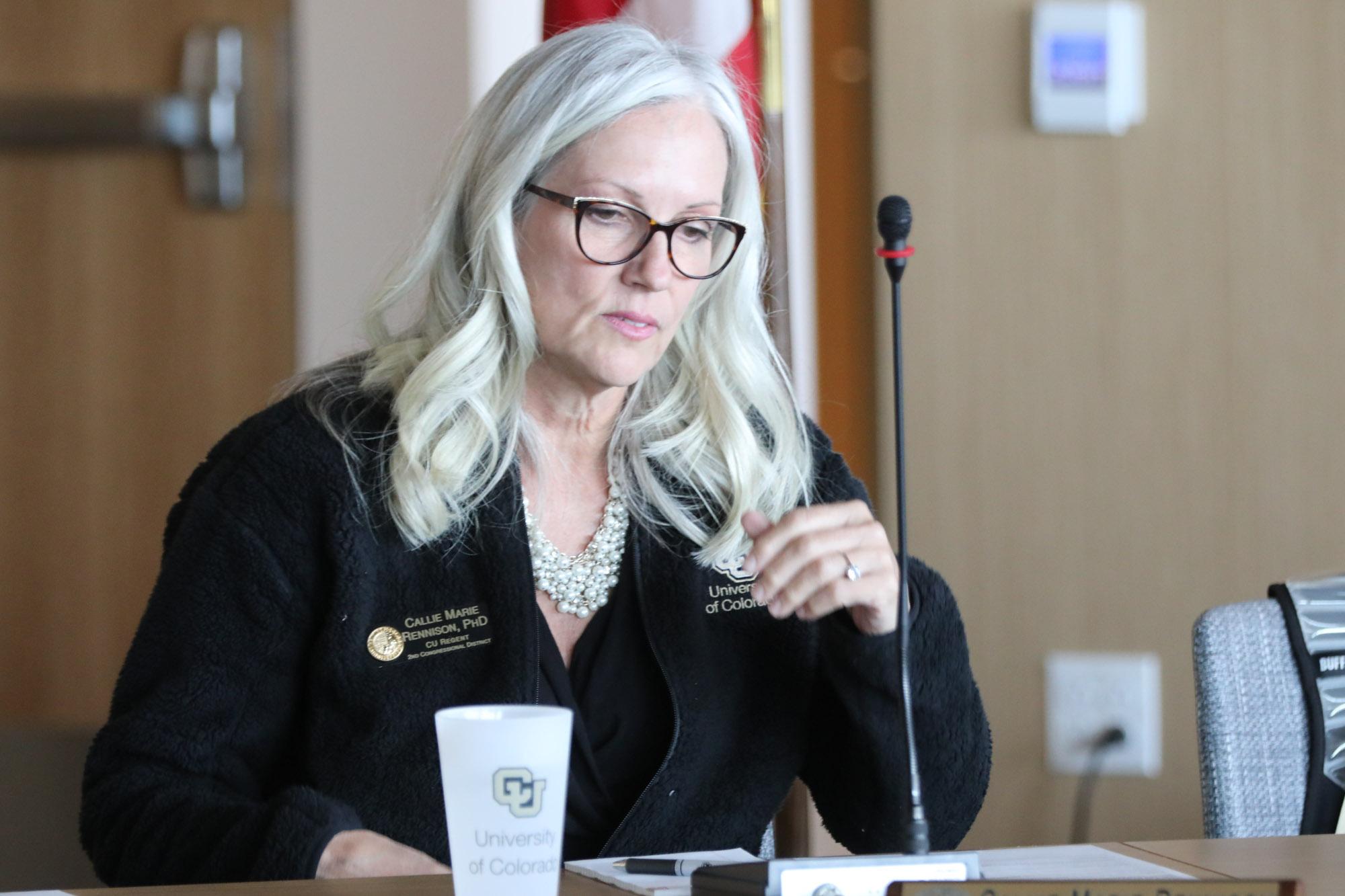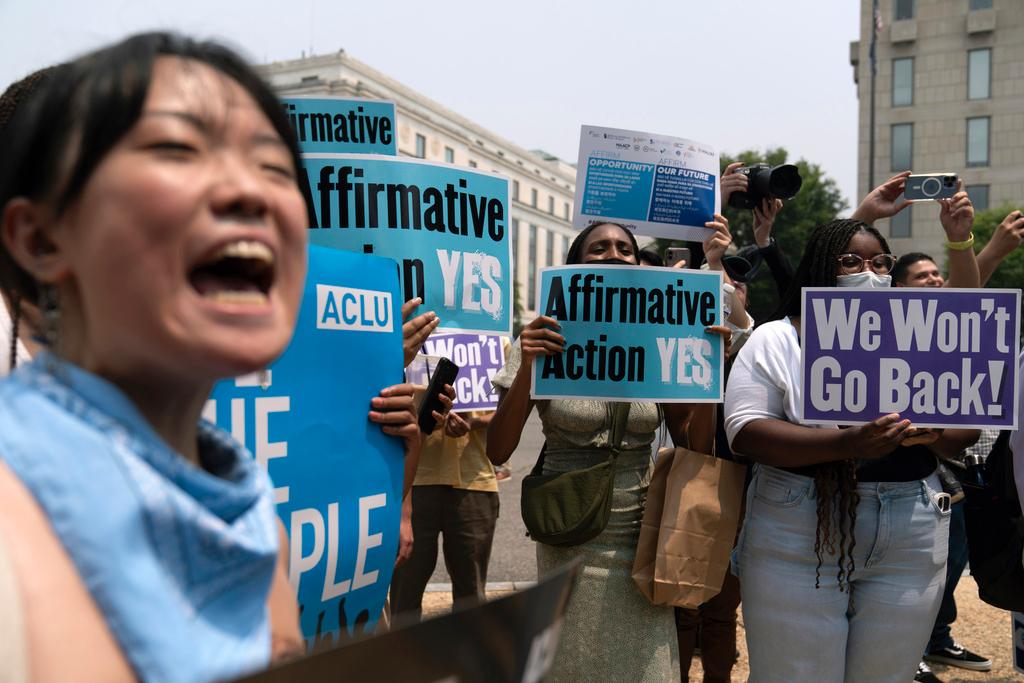
Starting in 2023, hundreds of thousands of workers in Colorado may be automatically enrolled in a new state-run retirement savings program.
The program, called Secure Savings, will provide retirement accounts for people who don’t have a retirement plan through their employer. Eventually, many employees will see money deducted from their paychecks and automatically deposited into the state-run retirement account, unless they opt out.
Secure Savings is meant to prepare people for retirement by nudging them into saving money. Failing to do so could cost the state billions of dollars per year in additional costs to care for the elderly in future years, according to a state report.
But even a year before its launch, there’s widespread confusion and misinformation around the new program, state officials said.
Companies are confused.
“It went from being one or two emails and outreach calls per week to all of a sudden dozens of these calls coming in,” said Hunter Railey, director of the new state program.
A main point of confusion is about who will run the new program. Because of articles with incorrect information published by business service providers, some employers believe they will have to offer their own plans to employees.
But that isn’t true.
The new program will not require employers to provide their own plans. Instead, some employers will have to enroll their workers in the state government’s new program, which is expected to begin with a small-scale pilot in late 2022, followed by a broader launch in 2023.
“This is an effort to try to offer an option for businesses and for employees that want to save for retirement,” said state treasurer Dave Young.
Tony Gagliardi, the state director for the National Federation of Independent Business, said that his members were worried about the new program because it hasn’t been widely advertised.
“Why haven’t employers been made aware that this is rolling out shortly, and their responsibilities?” he asked.
The treasurer’s office has launched a state webpage that now outlines a timeline and more information about the process ahead.
“We realized that many businesses were going to need support and help,” Young said. The treasurer’s office also will work directly with companies to ensure they can make the required payroll deductions, including through grants to small businesses.
How will it actually work?
The paycheck deductions will start at 5%, and that money will go to a worker’s Secure Savings account. These accounts will likely be Roth IRAs, but the state also may decide later to include traditional IRAs.
The benefit of a Roth IRA is that workers are not taxed on the gains if they follow the rules. As with all Roth IRAs, workers in the Colorado program will be able to opt out of contributing, change the deduction rate or withdraw their original contributions at any time without penalties or taxes. However, they may face penalties and taxes for withdrawing their earnings early.
The new Colorado plans will “travel with” people even if they change jobs or leave the state.
According to state estimates, at least 40% of the state’s workforce could qualify for the plan. Those people currently don’t have access to a retirement plan, such as an IRA or 401(k), through their employer.
The Colorado enrollment requirement will only cover businesses that have at least five employees, but companies that have been in business for less than two years would be exempt.
Businesses that fail to properly enroll employees will face potential fees and penalties. But employers that already offer retirement plans will not be affected by the Secure Savings program.
Why is this happening?
The Colorado program was created by a recent state law, one of several similar state programs passed in recent years. Oregon, Illinois and California have all launched state-managed retirement programs in which some workers are automatically enrolled. Other states, including New Mexico, have passed laws but not created their programs yet.
“This idea came about to allow workers access to these plans without placing too much burden on the employers,” said Angie Chen, a research economist and assistant director with the Center for Retirement Research at Boston College.
Chen traced the new state savings program to the 1990s, when it was proposed by researchers from the left-leaning Brookings Institution and right-leaning Heritage Foundation.
Oregon was the first to launch an auto-enroll program, OregonSaves, in 2017. The program recently counted about 7,500 employers and 113,000 workers as active participants, with about $134 million under the management of OregonSaves.
“I think the metrics so far are impressive,” Chen said. “It’s finally moving the needle on the coverage rate, which has barely moved in the last 50 years.”
Workers “have to have something else to supplement that social security if they don’t want to see a dramatic cut to their standard of living in retirement,” Chen said.
Still, it’s not surprising to see confusion in Colorado and other early-adopter states, said John Scott, director of the Pew Charitable Trusts’ retirement savings project. “This is a pretty unique social experiment, so it takes a little bit of extra legwork to get it out there,” he said.
But Oregon’s program seems to be gaining steam, he added.
Pew’s research in Oregon found that the strong majority of employers were either neutral or supportive of that state’s new program, and satisfaction rose sharply once they were done enrolling employees in the state program.
“Once you get people comfortable with what it is and what they have to do,” Scott said. “It’s very easy and things work out very well.” Satisfaction in Oregon was particularly high among small businesses, perhaps because they could not afford to offer retirement programs otherwise, he added.
Gagliardi, of NFIB, said that he’s concerned about the details of the program itself, including the fees that the state may pay to the third-party vendor that will manage the money. (Many details of Colorado’s program have yet to be determined ahead of its 2023 launch.)
Some business owners don’t like that their employees will be automatically enrolled, rather than given the option to join the program or opt out.
“They’re going to be mad at the employer,” Gagliardi said of employees.
Chen, the research economist, said that the opt-out design is essential to the program’s success. Behavioral research shows that people are far more likely to start saving when it’s the default option, rather than a choice to make.
“We know from research that the voluntary model doesn’t increase coverage or participation, and it costs a lot,” Chen said.
What’s next?
Colorado already has entered into a compact with New Mexico, which will allow workers to switch seamlessly between the two programs, Young said. It’s the first inter-state alliance for a program of this kind, and it could be a model for others, according to Scott.
“There's a lot of interest out there, not just among the states but also the financial service providers,” he said. “Wherever you can find efficiencies and economies of scale, it’s more appealing.”









